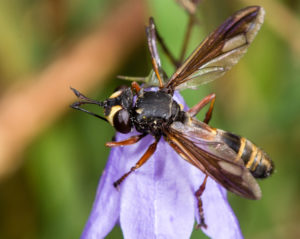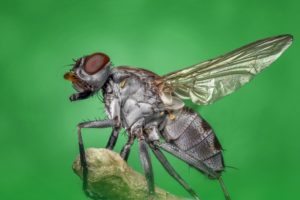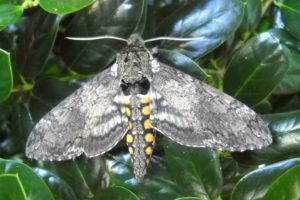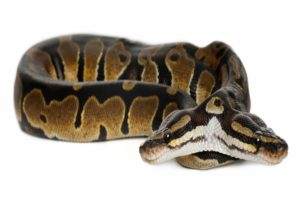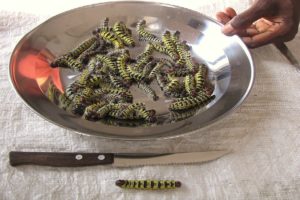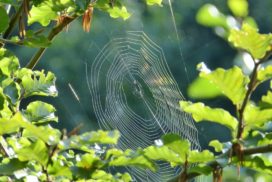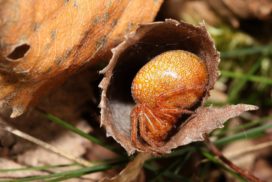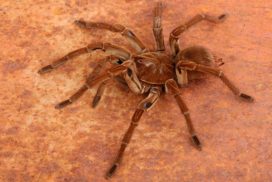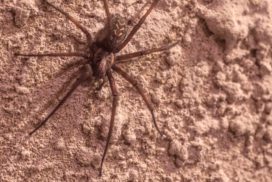HOW DO SPIDERS PRODUCE BOTH STRONG AND WEAK WEB ANCHORS WHEN MAKING TRAPS?
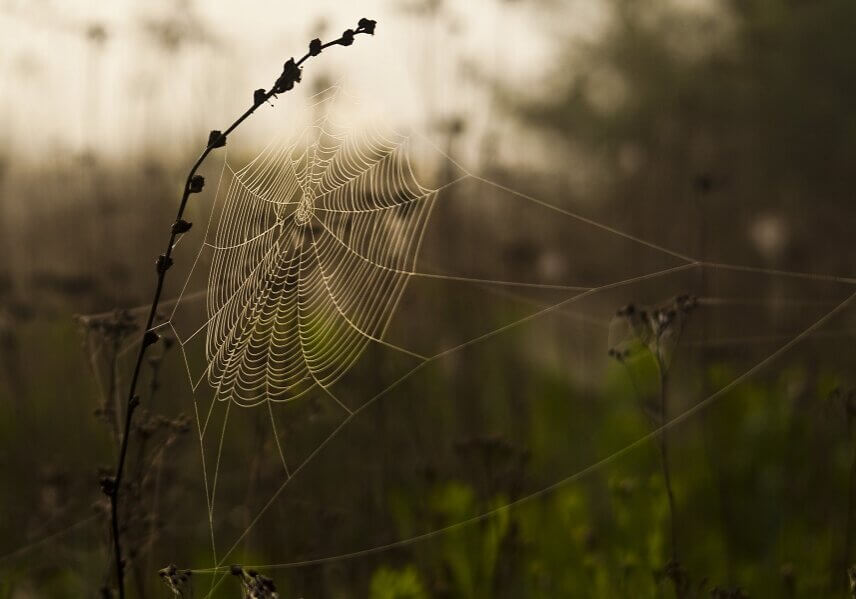
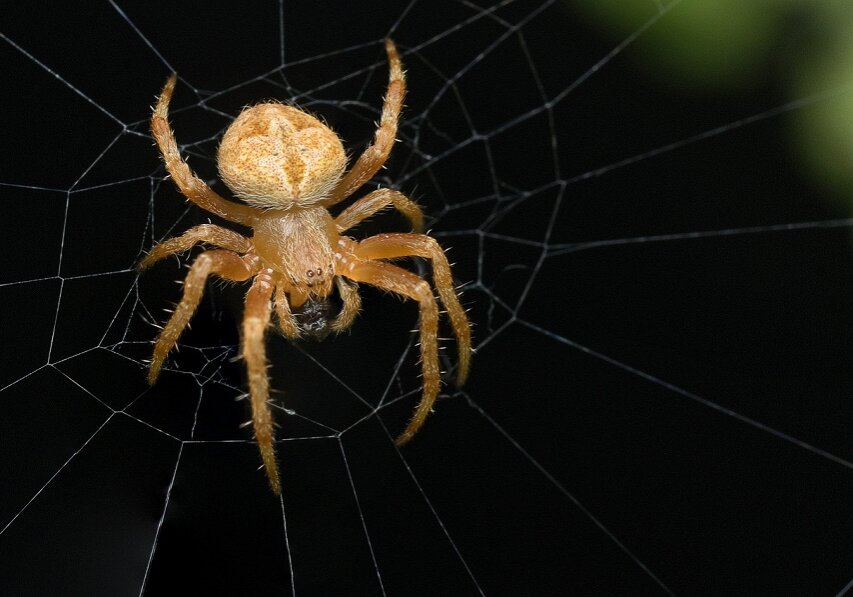
Some household spiders make spring-loaded traps for walking prey that is attached to walls with strong anchors and the ground with weak anchors.
Scientists at the University of Akron have discovered that the architecture for anchors to attach webs on the wall or ceiling—called scaffolding discs—is different from that used for anchors woven to connect networks to the ground.
The anchors for the ground—called gum foot discs—have far fewer attachment points than their wall counterparts and are thus weaker. The former detaches with ease and yanks off the ground when prey walks into the trap.
Humans have copied the spider's strategy of producing anchors of different strengths based on their architecture in the production of glue and adhesives for bandages and treatment of bone fractures.
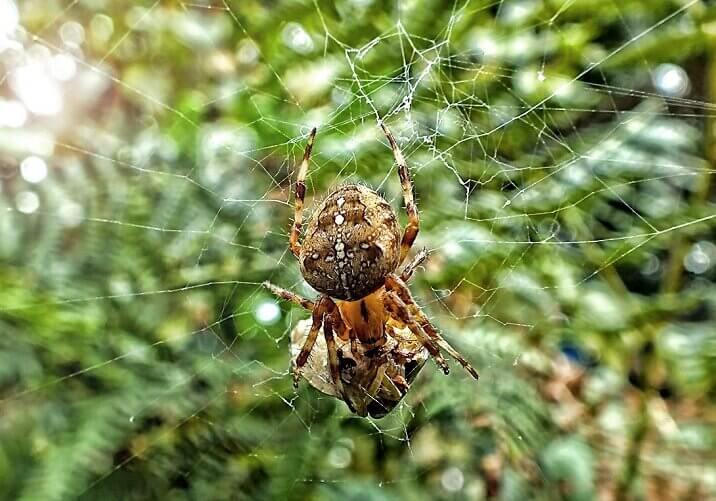
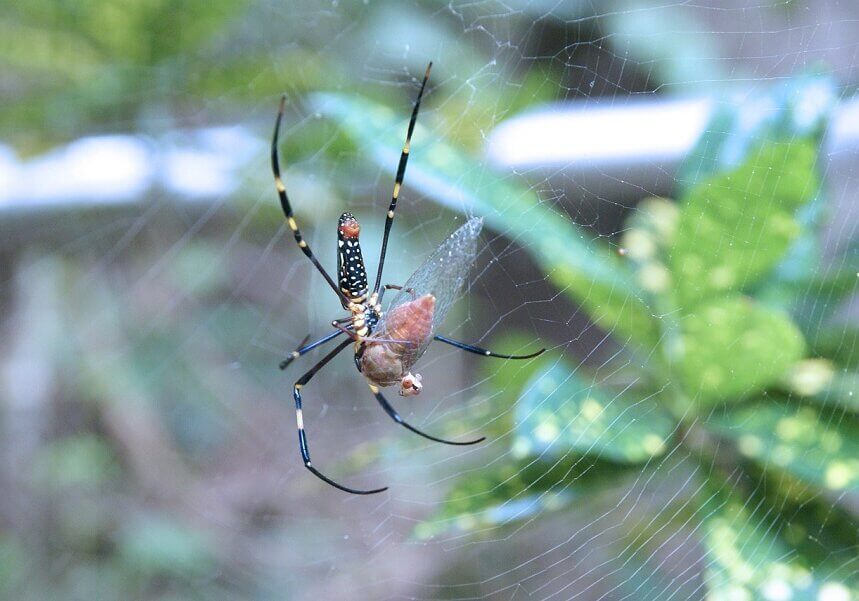
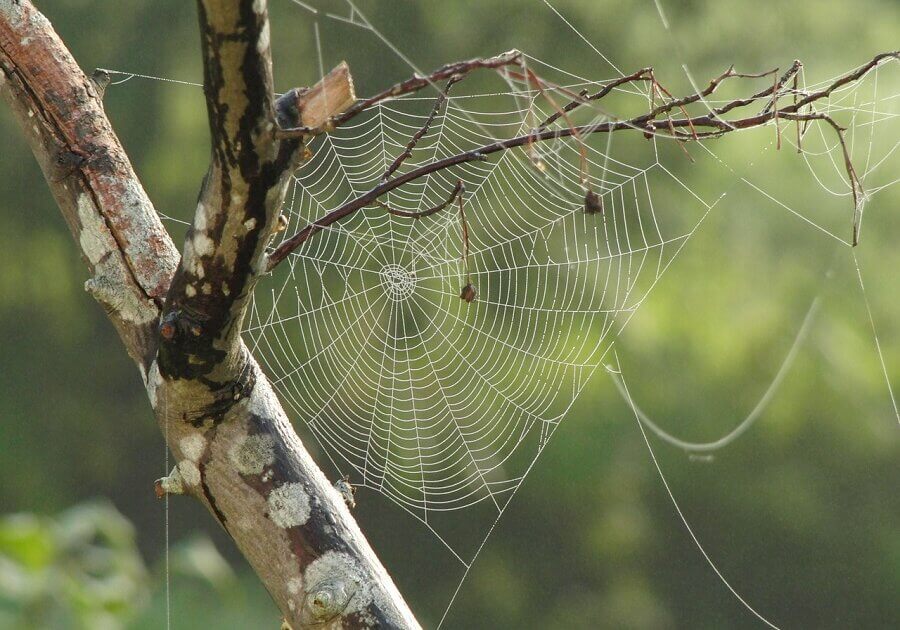
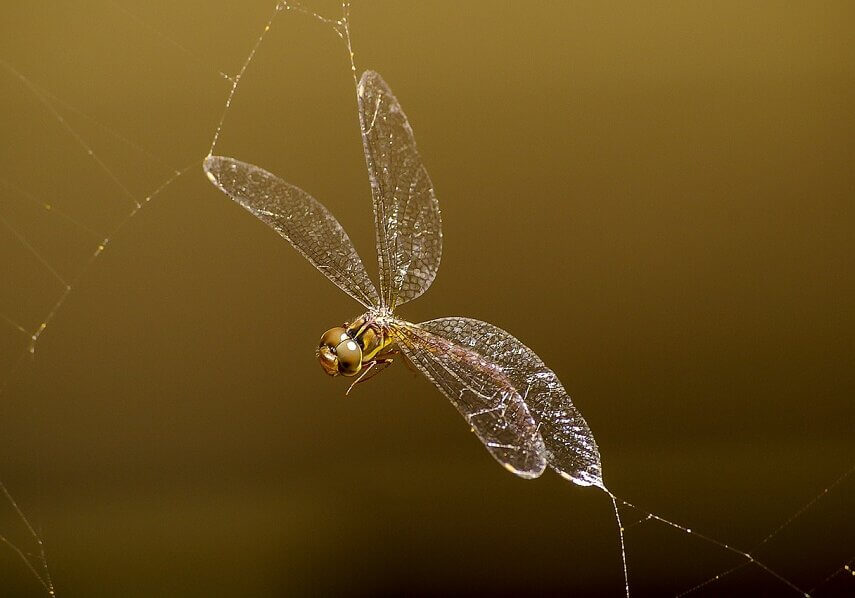
Recent posts
Join us on social media or subscribe!
Sign up to receive our articles in your inbox!
Enter your name and email address below to subscribe.
